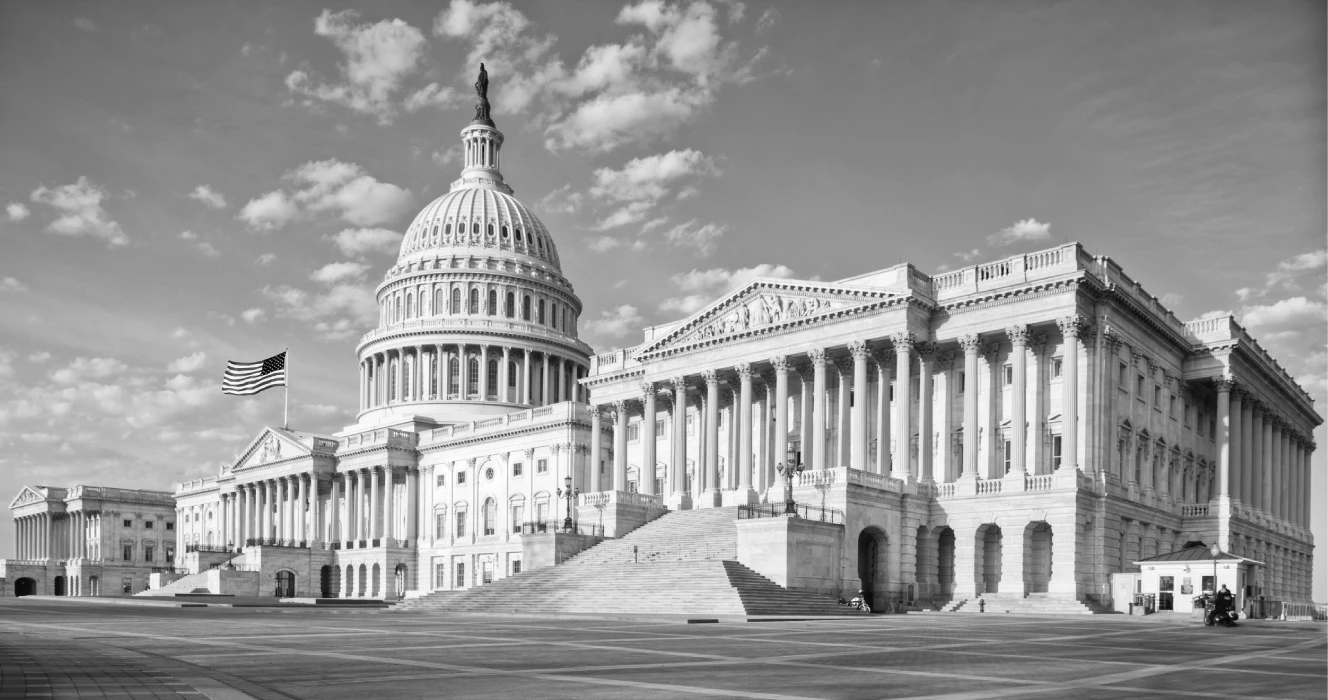ARTICLE
Private Markets and Retirement Plans

President Trump signed an executive order to make alternative investments more accessible to defined-contribution plans.
Private Markets and Retirement Plans: What you need to know
Traditionally, the average retirement plan invests in equity and fixed-income assets. The executive order instructs federal regulators to review the hurdles that largely keep private markets out of defined contribution plans.
Private assets, such as private equity, cryptocurrencies, and hedge funds, likely want access to 401(k) plans since this market is largely untapped. According to the trade group Investment Company Institute, U.S. defined-contribution plans held more than $12 trillion in assets at the end of 2024. While some retirement plans may have a small exposure to alternative investments, defined-contribution plans are largely void of the private markets.
Should private markets become more available to the average retirement plan, possible benefits and downsides exist. Below is a primer and our initial thoughts.
FAQ.
So, what exactly happened?
On August 7, 2025, news organizations reported that President Trump signed an executive order instructing the Department of Labor and the Securities and Exchange Commission to guide employers and plan administrators on including private assets in defined contribution plans (think 401(k)s and other mainstream retirement accounts). Some retirement plans already have limited exposure to alternative investments already. Still, many companies remain concerned about the liabilities of alternative investments.
What kind of new investments are we talking about?
It appears that investment vehicles such as private equity, private credit, real estate investment trusts, hedge funds, and cryptocurrencies are all examples. However, this is still a moving target.
What are the pros?
Alternative investments have the potential for higher returns than equity and fixed-income markets. They also offer diversification, which could help guard against volatility. Lastly, alternative investments often have long-term time horizons, which could work well in retirement plans (especially for younger participants).
What are the cons?
Higher fees are a big one. Alternative investments are also often illiquid, meaning money is locked up, often for a decade or more. Plan sponsors may also be subject to increased litigation. Alternative investment returns are often lower than public market returns in a higher rate environment (which we are currently in). Also, alternative investments often have fewer disclosures and less financial reporting than publicly traded assets. Lastly, there is some concern that institutional investors will still have priority and get access to the most attractive alternative investment opportunities, leaving retirement plans picking through the scraps.
Our initial thoughts.
At this point, there are still many unknowns around how this would work. This idea could appeal partly because the time horizons for alternative investments and retirement plans might align well. Target date funds are likely to be the first place private market investments appear within the defined contribution plan ecosystem.
One potential issue is that alternative funds might not have enough capacity for all the defined contribution plans and their participants. In some cases, there simply is not enough supply of certain investments. As a result, participants would likely hold different alternative investment instruments. How a plan would benchmark/compare could be difficult. The lack of consistency poses a problem, and the immediate answer/solution is unclear.
As always, contact your 1834 team to discuss this subject and more.